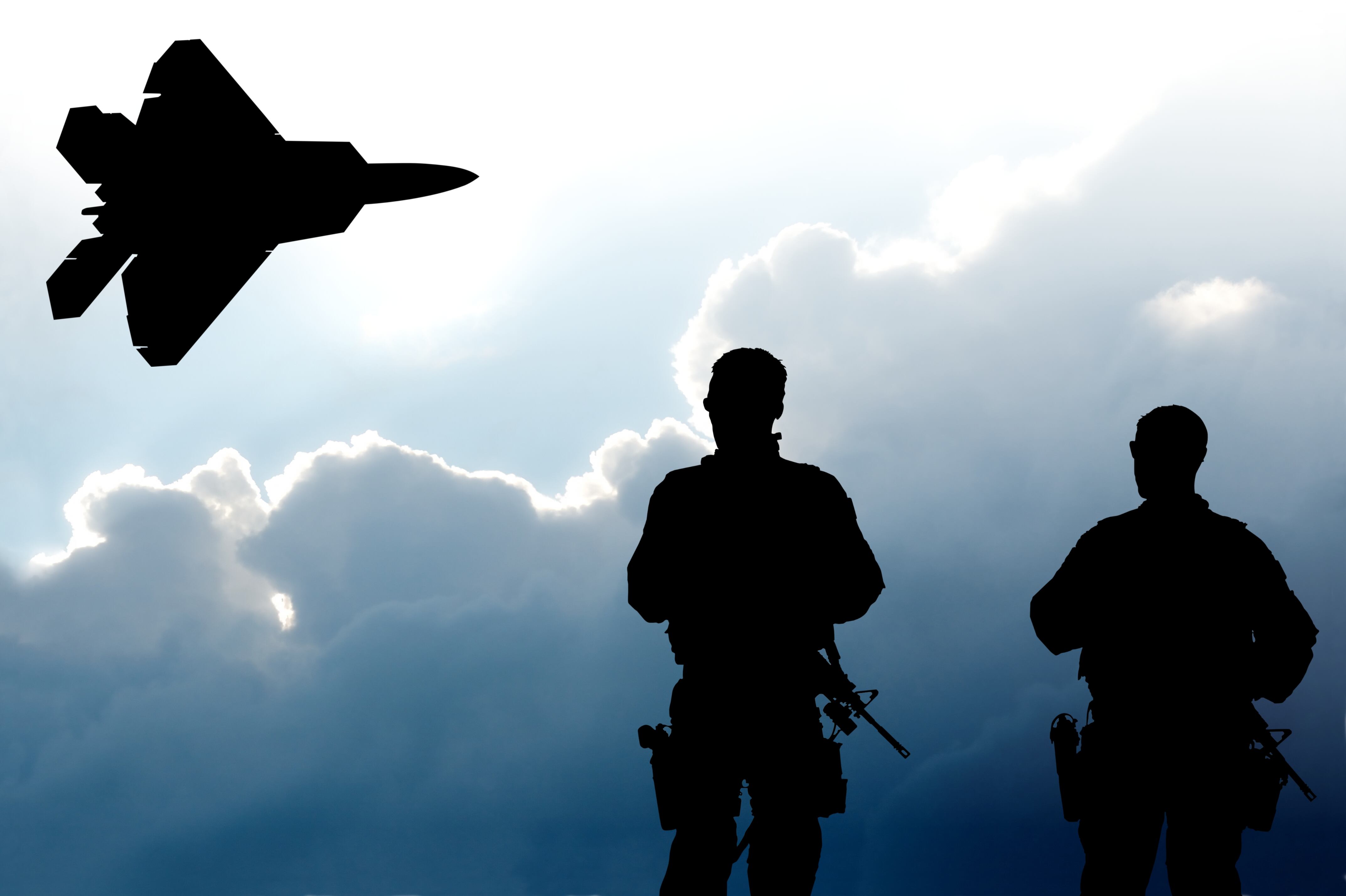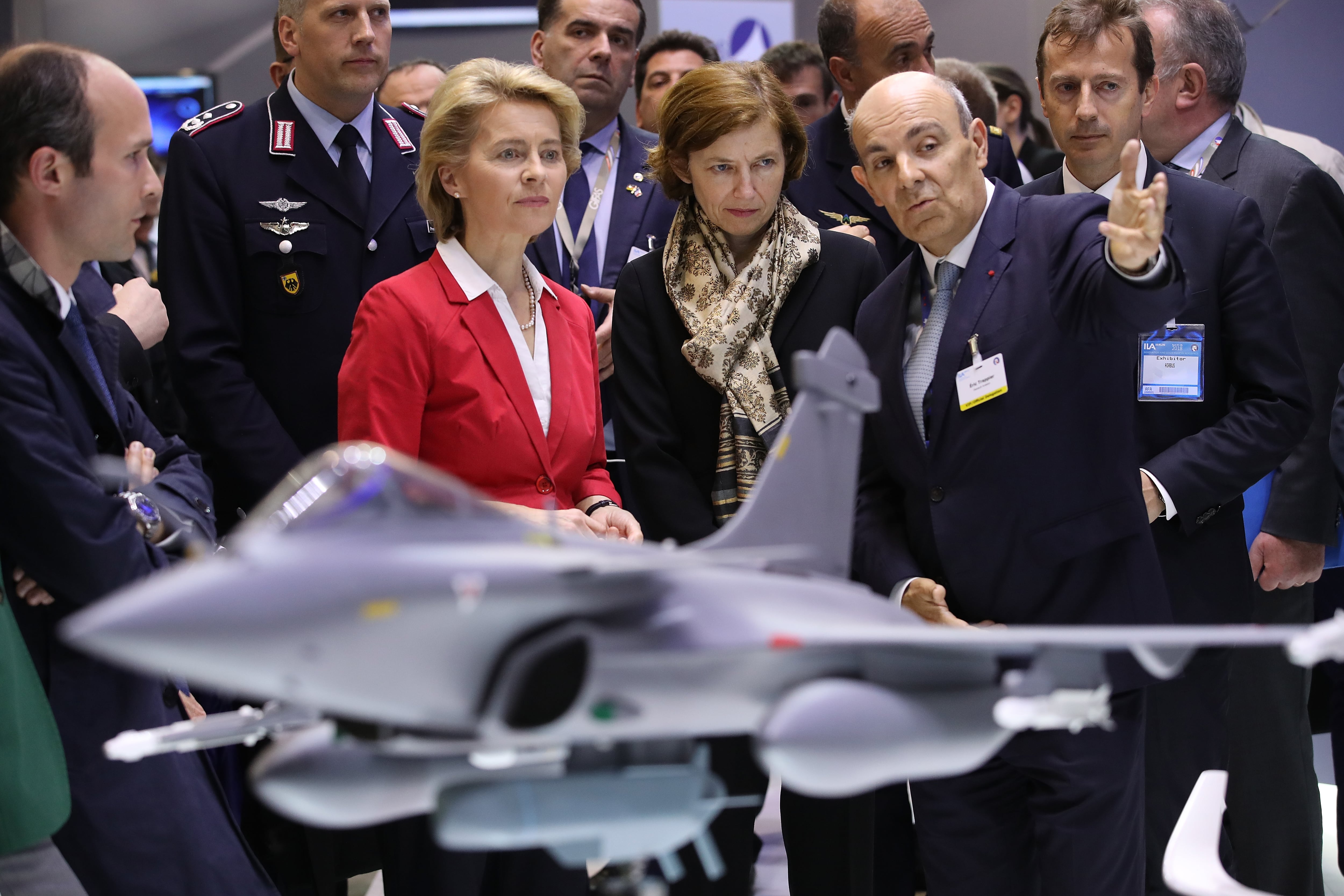BERLIN — French defense officials said they will bring requirements to the future Franco-German combat aircraft that they believe are deeply connected to the country’s sovereignty: the ability to fire nuclear weapons and operate from aboard aircraft carriers.
These two must-have capabilities take a special place in what will be a growing list of feature requests to be developed by analysts over the coming years. What makes them unique is that the importance Paris ascribes to them likely will place them outside of the give and take in requirements negotiations that happen in all cooperative projects.
“France has a specific policy about deterrence,” Maj. Gen. Jean-Pascal Breton, the French lead for the Future Combat Air System, told attendees at the International Fighter industry conference in Berlin. “That’s why we don’t want any countries to dictate to us what to do.”
The aerial leg of France’s strategic deterrent consists of nuclear-tipped ASMP cruise missiles, made by MBDA. The delivery aircraft — special versions of the Rafale and Mirage — will be phased out in place of the future Franco-German aerial weapon. Meanwhile, France’s desired carrier-operations capability comes with specific design requirements for how planes take off and land on short runways at sea.
RELATED

French defense officials also hope to incorporate dedicated combat drones into the mix of Future Combat Air System platforms, which France has studied together with the United Kingdom for years. Those carrier-capable unmanned aircraft would be bigger than the drones envisioned to be swarming around the main, manned aircraft, and their task would be striking targets deep behind enemy lines.
Germany needs none of those features. Still, officials from both countries here at the conference insisted the diverging requirements would be sorted out amicably as the program progresses. The Germans hope that the system’s envisioned modular architecture will help limit country-specific variations, allowing nations to configure one common, base-aircraft design to fit their needs.
Brig. Gen. Gerald Funke, the German Air Force’s lead for the project, equates the planned setup to that of a smartphone: The hardware is largely the same, as interchangeable “apps” provide the desired military effects.
France's atomic-weapons requirement dictates that the central fighter aircraft for the FCAS system will be manned, at least initially, Breton told reporters. Asked whether it's conceivable to instead have a drone fire French nuclear-tipped cruise missiles, he replied: “It's a political decision. For the moment, we don't see it.”
According to the French two-star, the program plan foresees agreement on an architecture strategy in 2020, building a demonstrator platform in 2025 or 2026, and freezing the design specifications in 2030 to enable manufacturing in time for a 2040 fielding date.
RELATED

Analysts are currently toying with four variants for the main, manned, combat aircraft, which is called the next-generation fighter, or NGF, in French FCAS lingo, Breton said.
Each boasts specific strengths, like maneuverability in one case. It is unclear, however, how many distinct versions there will be in the end, he stressed, as Germany and France each fine-tune their visions.
Spain is expected to formally join the project soon. The plan is to have Madrid sign similar cooperation documents as Berlin and Paris have already inked, including a finalized, high-level requirements document in the next few months.
The door is also open for the United Kingdom — which has its own next-generation air project cooking, the “Tempest” — to partake. “When it’s possible to include Tempest at a later time, we will do that,” Breton said.
Airbus and Dassault are the main contractors for the FCAS program. They are slated to receive initial study contracts early next year.
While Dassault will be in charge of the central combat aircraft, as agreed by all, Airbus has claimed the lead for the so-called “system of systems” for the entire project. The term refers to the sensor and command connections linking all FCAS components as part of what Airbus calls the “Combat Cloud Ecosystem.” That piece is considered the secret sauce meant to turn a bunch of flying objects into a highly autonomous, lethal and coordinated weapon.
Asked about the industrial leadership for the “system of systems” going to Airbus — as opposed to Thales, France’s go-to electronics vendor for the domestic military market — Breton thought for a moment and smiled. “There will be a European answer,” he said.
Sebastian Sprenger is associate editor for Europe at Defense News, reporting on the state of the defense market in the region, and on U.S.-Europe cooperation and multi-national investments in defense and global security. Previously he served as managing editor for Defense News. He is based in Cologne, Germany.








